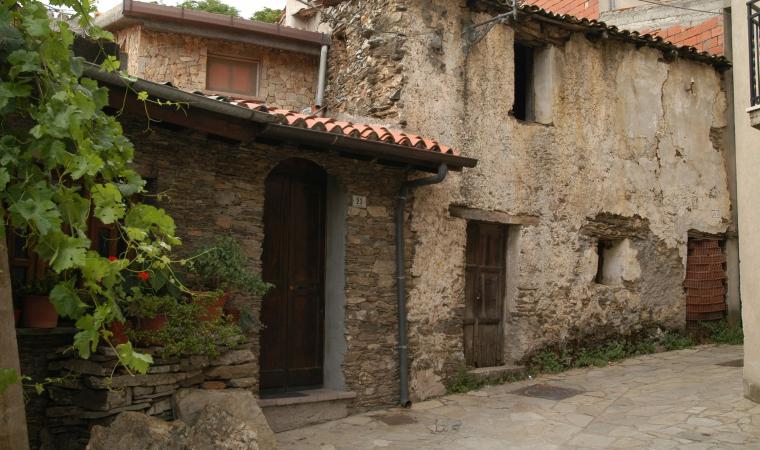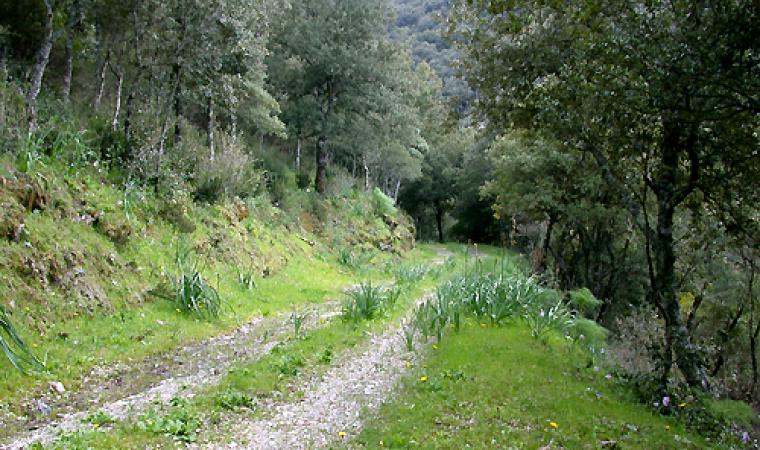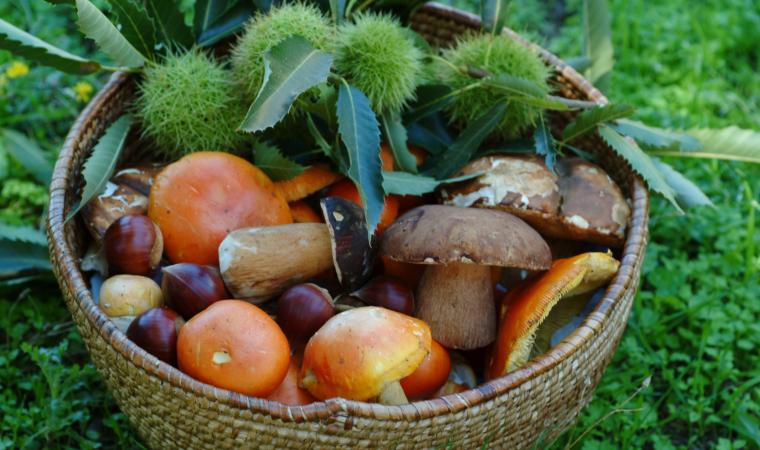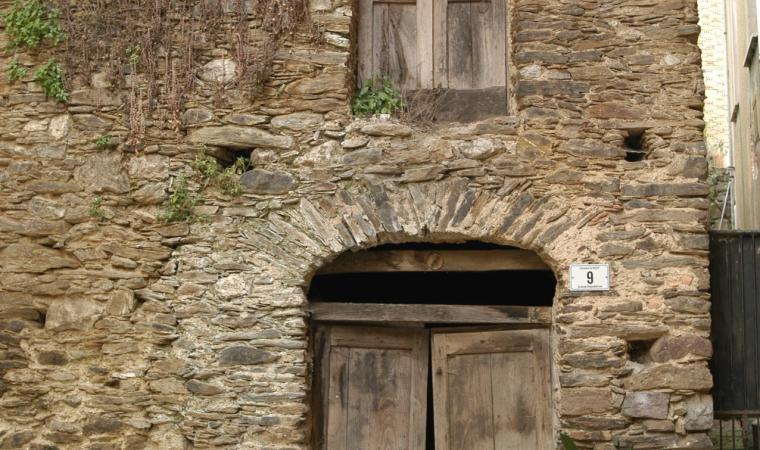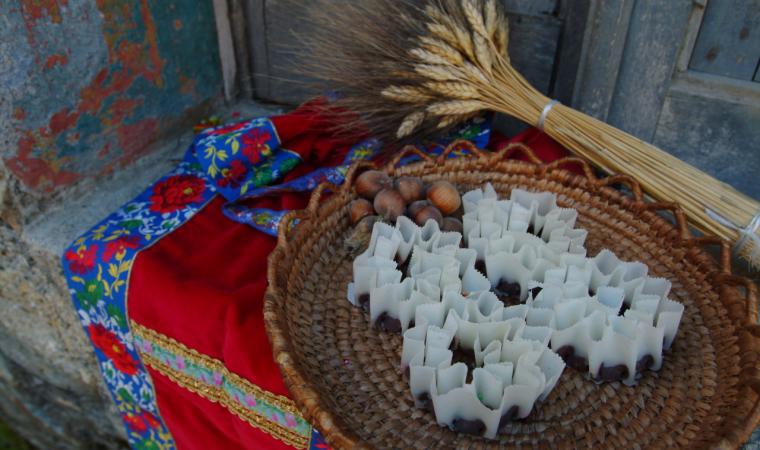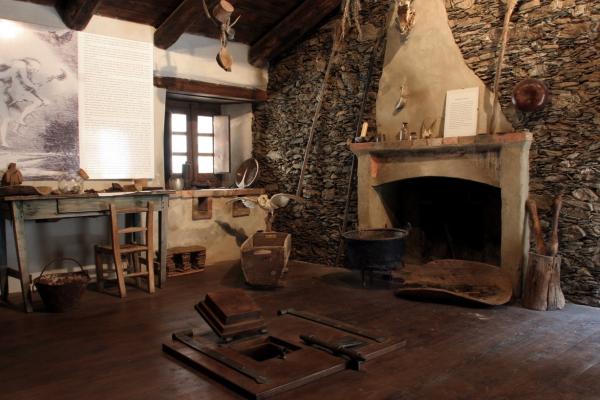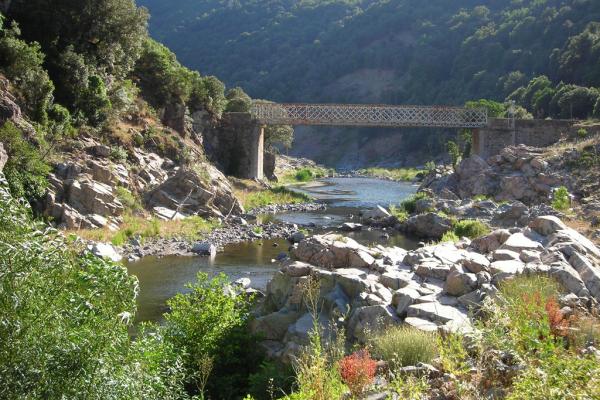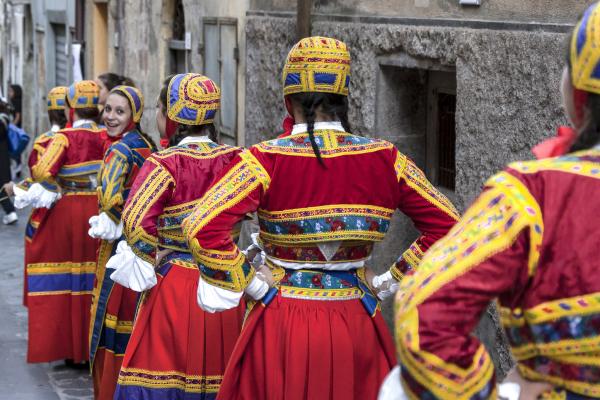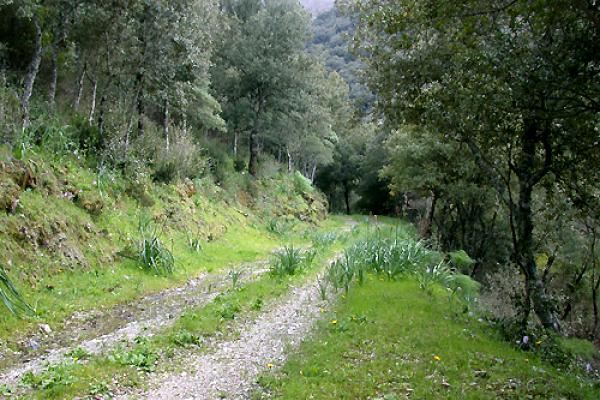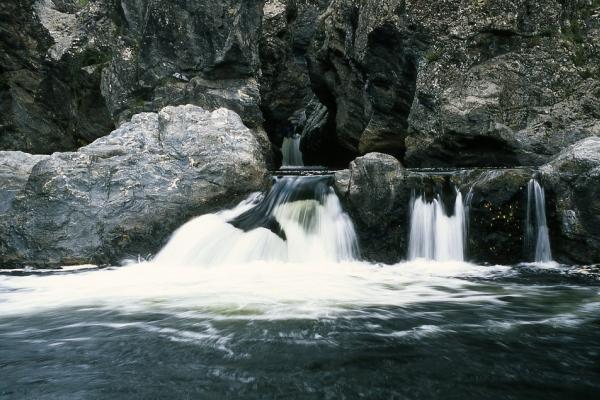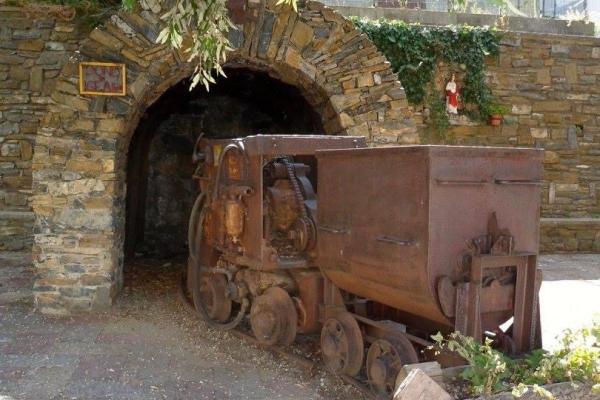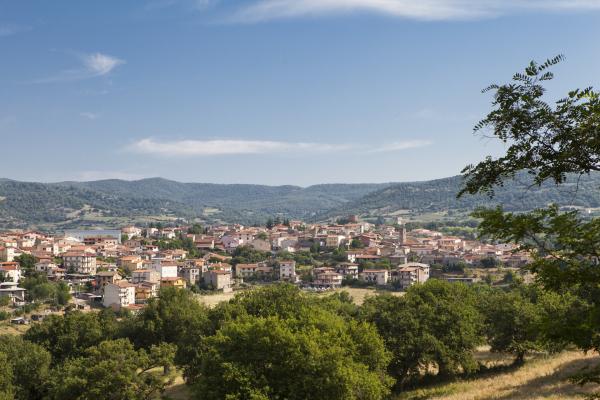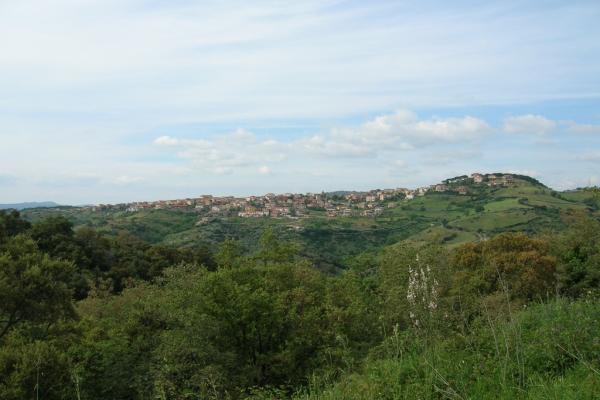Clinging to Mount Genna de Crobu at 660 metres above sea level, between spectacular limestone outcrops to the west and the foothills of the Gennargentu to the east, its immense wealth lies in its natural heritage. Belvì, an agri-pastoral town of 600 inhabitants, is surrounded by endless, fairy-tale woodland: forests of holly, chestnut, cherry, homo oak, hazelnut and downy oak trees, with juniper and olive trees growing in the rocky areas. In folk tradition, the forests are inhabited by legendary beings: the Masaschinganna, who scare anyone who enters, and the janas, who spend the daytime weaving domus dug into the rock (in reality, pre-Nuragic burials) and the night-time wandering through the woodlands. In the midst of the lush forests is the Su de Maccioni oasis, Punta Tonnai, the Pitz’e Pranu pine forest (with adventure park) and the Uatzo Forest (with picnic areas), crossed to the north by the Trenino Verde railway.

Town
In central Sardinia, 70 kilometres from both Nuoro and Oristano, surrounded by woodland, lies an enchanting landscape whose scenery and traditions have made it a tourist attraction
In central Sardinia, 70 kilometres from both Nuoro and Oristano, surrounded by woodland, lies an enchanting landscape whose scenery and traditions have made it a tourist attraction
See this place because...
Visit a lovely town in the centre of Sardinia's highest mountains, surrounded by woodland and characterised by centuries-old traditions and crafts

